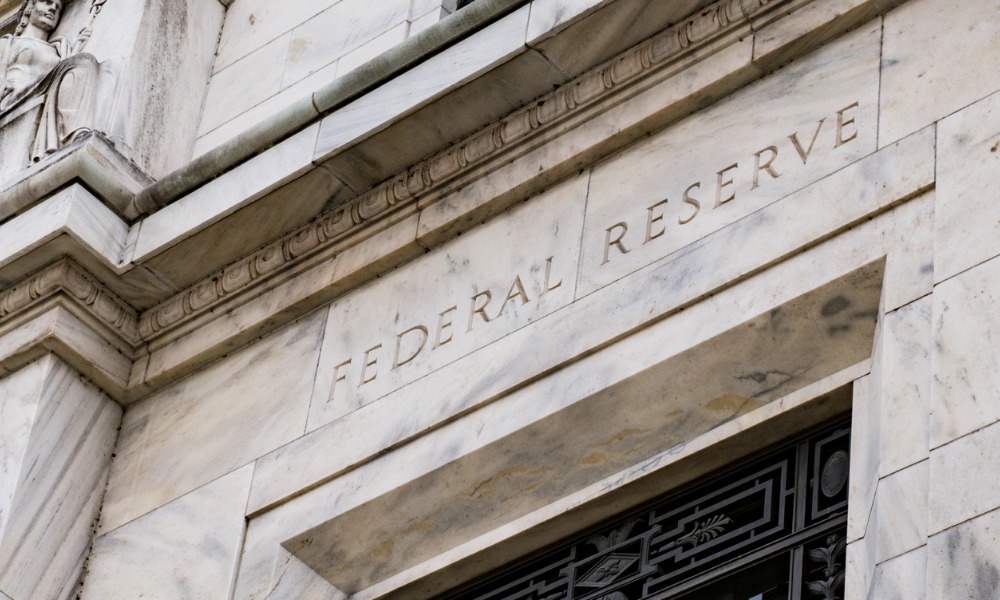The news comes at a pivotal time for the US economy

The Federal Reserve has left its key interest rate unchanged as expected, signaling that it’s prepared to wait and see how the coming weeks play out for the economy before making its next move.
The central bank revealed on Wednesday (November 1) that the federal funds rate will remain at its current range of 5.25% to 5.5%, with that announcement marking the second consecutive time it has left rates unchanged after a similar pause in September.
Its decision to keep rates where they are comes as no surprise, with markets having indicated virtually no chance that the Fed would either hike or cut rates in its latest deliberations.
Inflation remains well above the Fed’s target rate of 2% but is gradually decreasing, while the central bank seems ready to hold back on further rate increases as it weighs up the coming impact on the economy of its aggressive hiking campaign to date.
In its statement accompanying the latest decision, the Fed said it would continue to assess additional information and its implications for monetary policy in order to determine whether further action was needed, with factors set to include data on labor market conditions, inflation, and financial and international developments.
Federal Open Market Committee statement: https://t.co/onTdijYjuI
— Federal Reserve (@federalreserve) November 1, 2023
Signs suggest economy may be softening
The Fed has increased interest rates 11 times since March of last year and although the economy has continued to operate at a rapid clip, data released Wednesday showed that the US private sector added a lower-than-expected 113,000 jobs in October.
That slowdown was despite gross domestic product – a measure of all goods and services produced in the country – surpassing estimates in the third quarter, growing at an annualized pace of 4.9% compared with estimates of 4.7%.
New-home sales in the US, meanwhile, rose at their fastest pace in September since February 2022, although home resales remain mired around a 13-year low thanks to surging mortgage rates and a continuing lack of supply.
The average rate on a 30-year fixed-rate mortgage is currently hovering at almost 8%, its highest level for nearly 25 years, with Fed officials suggesting high borrowing costs could lead to milder consumer spending and tap the brakes further on economic growth.
The Fed is scheduled to meet for its final decision on interest rates of 2023 on December 12-13.



